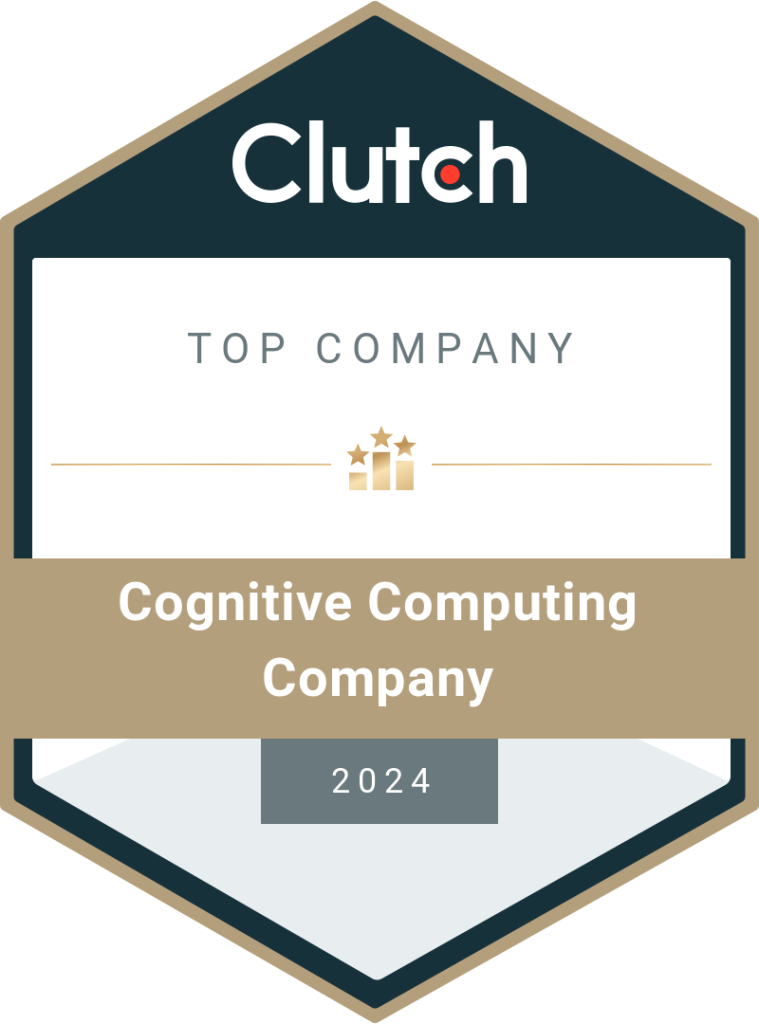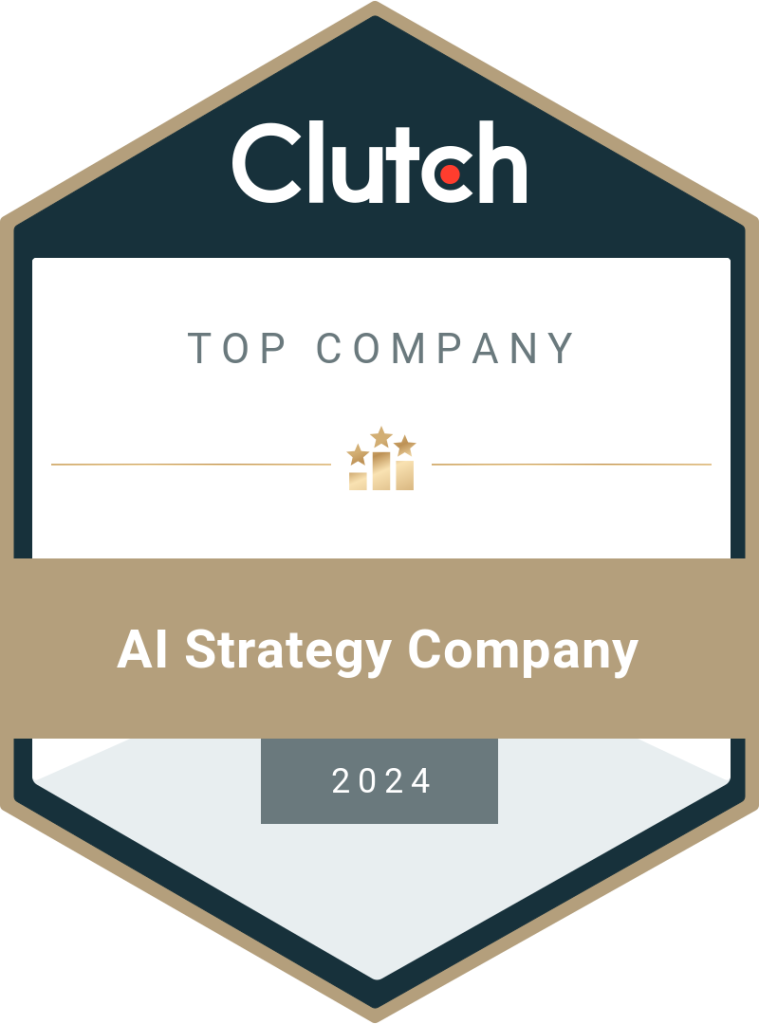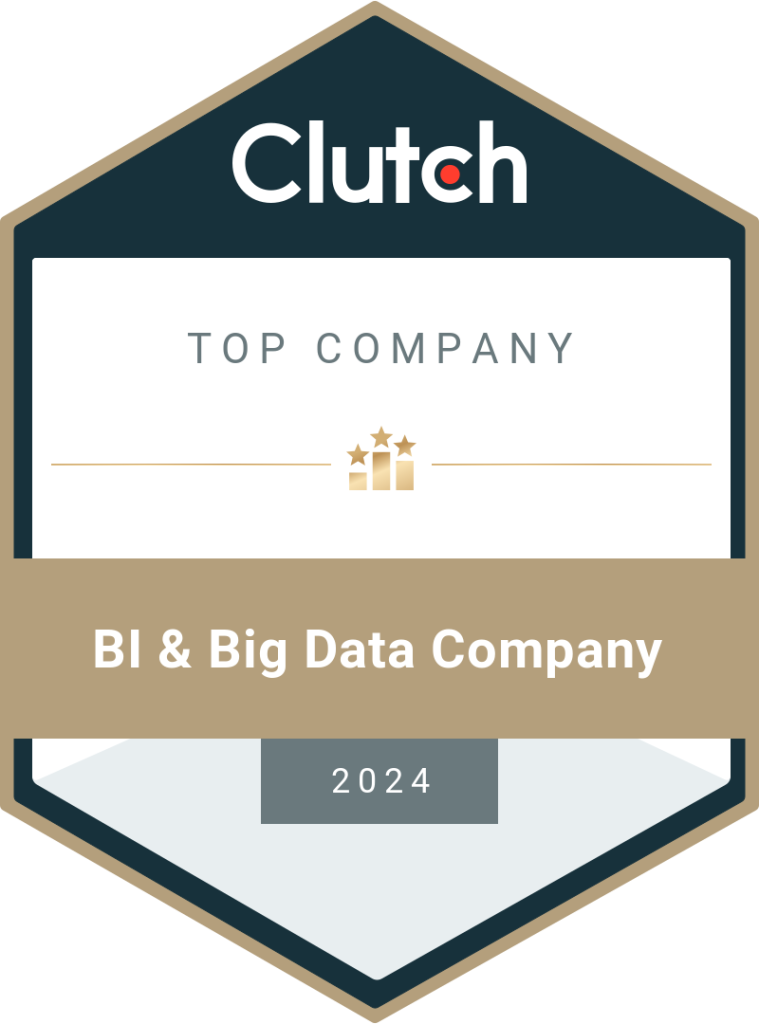Management Information System Vs. Business Intelligence: How is BI Better Than Traditional MIS
MIS is a traditional information system used to collect and process data. BI is an umbrella term covering various processes and technologies that empower an enterprise to use data effectively and make the right decisions. Before business intelligence took over, many enterprises had another information system called the MIS. Management Information Systems were the heart of every business and played a vital role in data collecting, storage, processing, and reporting. However, MIS had its disadvantages and became a burden for many businesses. With business intelligence entering the market, enterprises adopted BI, not to replace MIS but to revamp their entire internal system. MIS is a small part of the business intelligence framework and is no longer enough in the competitive world to help establishments make the right decisions. Let’s read more about MIS and BI in detail and understand how BI is a better and more comprehensive alternative to traditional MIS. What is Management Information System or MIS? MIS or Management Information System is based on an old concept where data is collected from various sources, compiled, and presented in a readable format. It is used by mid-level and top-level managers to make the necessary business decisions. MIS is a collection of systems and processes that facilitate data collection, compilation, and reporting within the enterprise. The definition sounds similar to what a BI tool does. However, the difference lies in the technology used, the approaches to data collection, storage methods, and reporting formats. Before we read more about the differences, let’s take a brief look at the different functions of MIS. Data Collection: Different types of data can be collected by MIS. Financial information, employee details, sales figures, etc., can be sent to MIS, which is integrated with other software used by employees. Decision Making: MIS is used to help with decision-making. It presents aggregate data reports that help the top management make day-to-day decisions. Collaboration: Employees can be provided access to edit and share the data stored in MIS. The MIS department handles the everyday issues related to the system. Business Reporting: Managers make decisions based on the business reports generated by MIS. Even non-managers can get reports to compare data or compile a data file. What is Business Intelligence or BI? Business intelligence or BI is a wider concept that combines MIS, business analytics, data mining, data visualization, and much more. It is a modern framework that helps enterprises adopt the data-driven model to make better decisions based on historical and real-time data. BI gives businesses a comprehensive view of the enterprise data and makes use of this information to understand market trends, improve customer experience, evaluate existing policies, and make changes to build a better enterprise. Today’s BI tools and solutions offer self-service analysis to employees from different levels in the organization. Business intelligence tools are flexible, scalable, and user-friendly. Here’s what the BI framework handles in an enterprise: Data Mining: It is the process of analyzing large volumes of data to gather more information. Datasets, statistics, and machine learning are used for data mining. Data Preparation: Data from internal and external sources is collected, cleaned, and formatted to keep it ready for data analytics. Types of Analytics: Business intelligence is capable of providing different types of analytics based on the organization’s requirements. For example, preliminary data is used for descriptive analytics; descriptive analytics data is used for statistical analytics; predictive analytics is a combination of statistical analytics, data mining, and machine learning. Querying: An employee asking the BI tool for specification information is called querying. The tool uses computing power to collect data from datasets and processes it to provide an answer to the query. Data Visualization: Visualization is the technique of presenting data in a graphic form in real-time. The reports generated by the BI tool are presented in charts, graphs, holograms, heat maps, etc., for easy understanding. What is the Difference Between Management Information System and Business Intelligence? MIS and BI are interrelated. They have common elements, though BI is an umbrella term that encompasses a range of processes and tools used to implement the data-driven model in an enterprise. Scope and Focus Management Information System or MIS is a part of the business intelligence framework. Traditionally, enterprises used MIS mainly for revenue and expense reporting. However, they had to face several issues with inaccuracies, inconsistent data, and other system complications. While business intelligence deals with the analysis of products and customers, MIS is used to analyze the business in terms of finances. Difference in Reporting MIS delivers aggregate data reports which are not enough to get a complete picture of the business situation. It doesn’t offer in-depth insights that help the managers identify the problem. For example, the MIS report gives aggregate data about income and expenses. This doesn’t include transactional data that are key to identifying the root cause of the issue. The managers have to run multiple queries to gather the relevant information. Business intelligence tools provide in-depth analytics for the given data. Moreover, the reports are generated in real-time. The dashboard of a BI tool allows employees to get a macro and micro view of the same report just with a few clicks. Business intelligence not only works faster but also requires lesser computing power as it has a higher processing capacity. Self-Servicing Business intelligence tools allow self-servicing within organizations by empowering employees to access data and run analytics as and when necessary. The dashboards can be accessed from different platforms such as web browsers and mobile apps. While MIS is complicated and confusing, BI is elaborate yet efficient and user-friendly. Automation is possible with business intelligence. MIS and Business Intelligence: What’s the Connection? Management Information System has a narrow range of services, and business intelligence deals with a wider and broader scope where different aspects of the business are taken into consideration. Furthermore, BI is an advanced and modern framework that uses the latest technology to deliver accurate insights and reports. The disadvantages of MIS are solved using the BI tools. Accurate Insights: Unlike MIS, the reports generated
Read More







